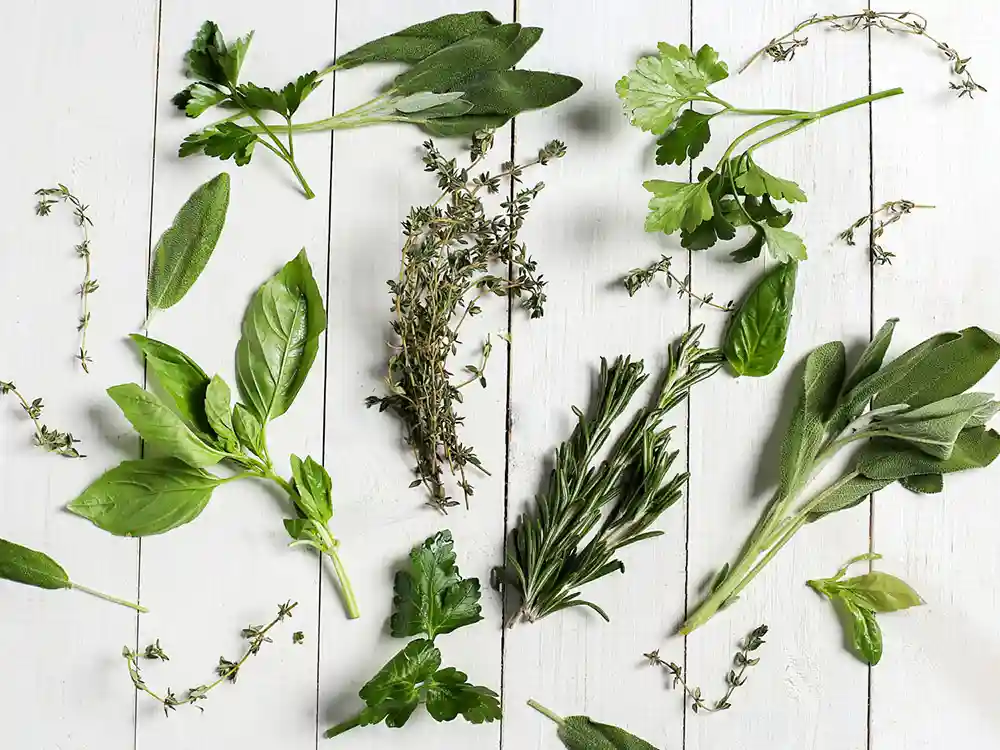Herbs are a wonderful addition to any garden or even a windowsill. Not only do they add beauty and fragrance to your space, but they also provide fresh flavors to enhance your culinary creations. Whether you are a seasoned gardener or a beginner, these tips will help you successfully grow herbs and enjoy their benefits.
1. Choose the Right Location
Herbs thrive in sunny locations, so it’s important to choose a spot that receives at least six hours of direct sunlight each day. If you’re growing herbs indoors, place them near a south-facing window or use grow lights to provide adequate light.
2. Prepare the Soil
Before planting your herbs, prepare the soil by removing any weeds and loosening it with a garden fork or tiller. Herbs prefer well-draining soil, so consider adding organic matter such as compost to improve the soil’s texture and fertility.
3. Start with Healthy Plants or Seeds
When starting your herb garden, you have the option to either plant seeds or purchase young herb plants from a nursery. If you choose seeds, follow the instructions on the packet for proper planting depth and spacing. If you opt for young plants, select ones that are healthy and free from any signs of disease or pests.
4. Water Properly
Proper watering is essential for the health of your herbs. Most herbs prefer slightly moist soil, so water them when the top inch of soil feels dry. Be careful not to overwater, as this can lead to root rot. Additionally, avoid watering the leaves, as this can promote disease.
5. Provide Adequate Drainage
Herbs dislike standing water, so make sure your planting containers or garden beds have adequate drainage. If you’re using pots, ensure they have drainage holes at the bottom. If you’re planting in the ground, consider adding a layer of gravel or sand to improve drainage.
6. Prune Regularly
Regular pruning not only helps to shape your herbs but also encourages bushier growth. Pinch off the tips of the stems regularly to promote branching and prevent your herbs from becoming leggy. Additionally, remove any yellow or dead leaves to keep your plants healthy.
7. Harvest Properly
Harvesting your herbs properly ensures a continuous supply of fresh leaves for your culinary needs. For leafy herbs like basil and parsley, pinch off the outer leaves, leaving the inner ones to continue growing. For woody herbs like rosemary and thyme, snip off the stems just above a set of leaves. Avoid harvesting more than one-third of the plant at a time to allow for regrowth.
8. Protect from Pests
Herbs are generally resistant to pests, but it’s still important to keep an eye out for common culprits like aphids, slugs, and snails. Regularly inspect your plants for any signs of infestation, and take appropriate measures such as handpicking pests or using organic pest control methods.
9. Mulch for Weed Control
Applying a layer of organic mulch around your herbs helps to suppress weeds and conserve moisture. Mulch also adds nutrients to the soil as it breaks down. Use materials like straw, wood chips, or compost to create a protective layer around your plants.
10. Enjoy the Benefits
Lastly, don’t forget to enjoy the benefits of your herb garden. Experiment with different flavor combinations in your cooking, make herbal teas, or create homemade herbal remedies. The possibilities are endless!
By following these tips, you’ll be well on your way to growing a thriving herb garden. Remember to be patient and enjoy the process of nurturing these wonderful plants.


